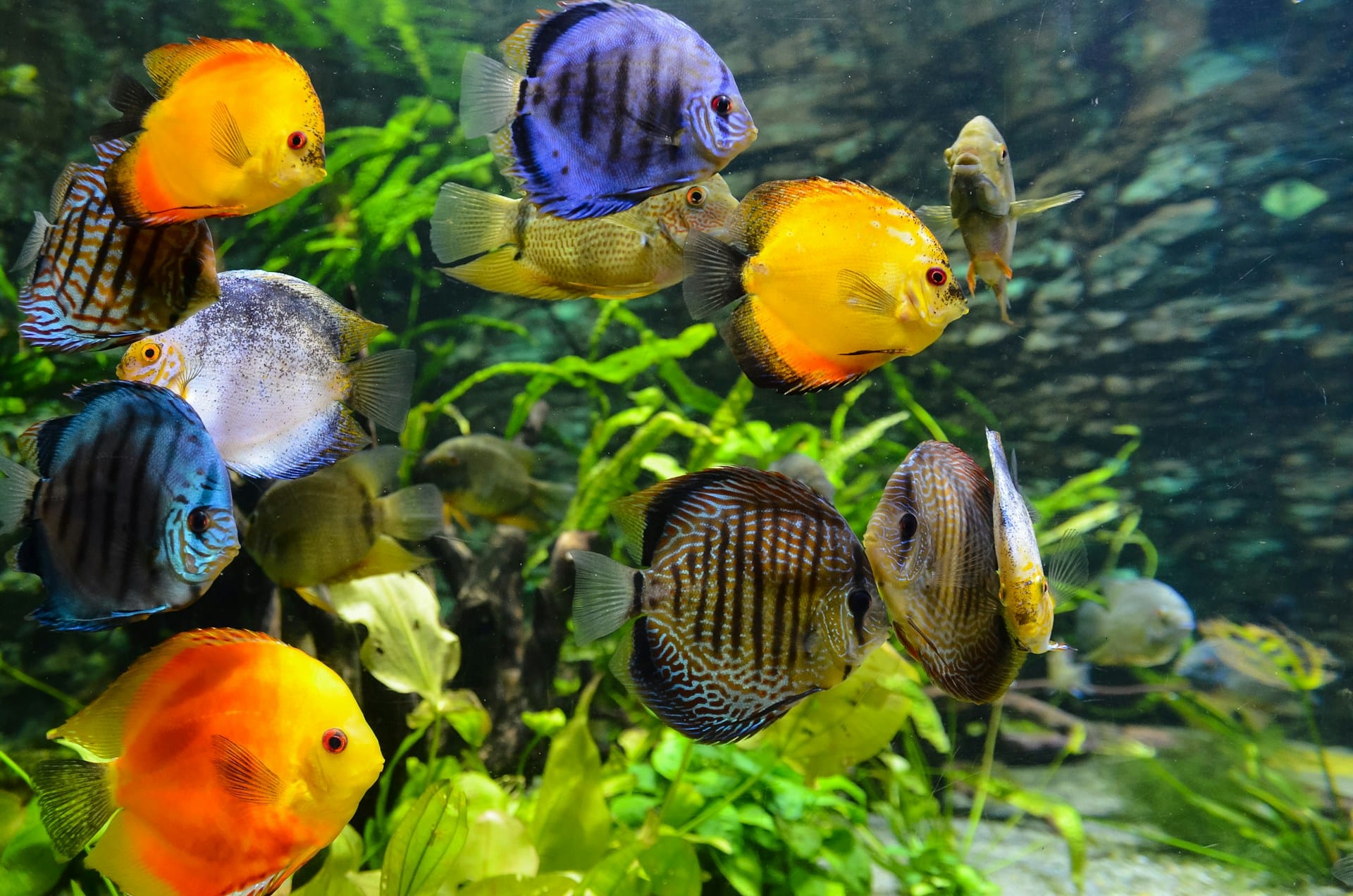What’s the Best Way to Transport a Large Aquarium Fish When Moving?

Moving can be a stressful time, particularly when you have to transport a large aquarium fish, your aquatic pet. It’s not as simple as placing them in a box, and you definitely can’t just put them in the moving van. These creatures are sensitive to changes in their environment, and a sudden shift can cause unnecessary stress or even harm. It’s essential to handle this process with utmost care to ensure their well-being.
Here, we will guide you through different steps to transport your large aquarium fish safely when moving. We will discuss the essentials, including how to prepare the fish, the water, the tank, and how to manage the transport process.
Also to see : How to Prepare a Balanced Diet for a Lactating Queen Cat?
Preparing your Fish for the Move
Before any moving begins, it’s crucial to prepare the fish for the transition. This step can help reduce stress and make the transport process smoother.
Start by fasting your fish for 24 to 48 hours before the move. This reduces the amount of waste they produce and keeps the water cleaner during transport. While it may worry you, remember that healthy fish can go for a week without feeding.
Have you seen this : What Are the Best Practices for Reducing the Spread of Bird Dust from African Grey Parrots?
Next, you should maintain the normal water temperature to prevent shock. The sudden change in water temperature can stress your fish and could even lead to disease.
When it’s time to move, never move the fish in their tank. The water inside can act as a wave, throwing the fish against the tank sides, causing injury.
Packing the Fish
Packing the fish is the key step in the moving process. It is where the right materials come into play, and the use of bags and containers is crucial.
To pack your fish, you’ll need double-bagged heavy-duty fish bags. These are available at pet stores and are designed specifically for transporting fish. Each bag should only contain one fish to prevent territorial disputes and injuries during transit.
When placing your fish in the bag, ensure it’s filled one-third with water from the aquarium and two-thirds with air. This ratio helps keep a balanced oxygen level in the bag for the fish to breathe during the journey.
Seal the bags securely, then place them in a dark, insulated container. The darkness mimics the night for the fish, leading them to become less active, which minimizes stress.
Handling the Aquarium and Water
While your fish are safely packed, the next step is handling the aquarium and the water. This is an important part of the process as it is paramount to keep the beneficial bacteria in your tank alive.
The best way to transport your water is by storing it in containers. Make sure to save as much of the old water as possible, as it will help maintain the water parameters in the new place, reducing fish stress.
For the decoration items and plants, gently remove them from your tank and let them dry. Pack the decorations separately and wrap the plants in wet newspaper to keep them moist during transport.
The aquarium itself should be the last thing you pack in the moving truck. Make sure it is well protected and stable during the trip.
Setting Up in the New Location
When you arrive at your new place, setting up the aquarium should be a top priority. Do not rush to put the fish back into the tank.
First, set up the aquarium in its new location and add the transported water. Test the waters to ensure they are safe for the fish. It’s crucial to make sure all technical equipment is working correctly, including filters and heaters.
Slowly reintroduce your fish to their tank by floating the sealed bags in the aquarium for 15-20 minutes. This allows the fish to acclimate to the new water temperature. After that, gently release the fish into the tank.
After the Move
After your fish are back in their tank, monitor them closely for a few days. Keep an eye out for any signs of stress or disease.
Hold off from feeding your fish for 24 hours to allow them to settle into their new environment. After the 24 hours, start by giving them small amounts of food and gradually return to their usual feeding routine.
In conclusion, moving a large aquarium fish requires careful planning and preparation. The well-being of your aquatic pet should be a prime concern throughout the process. With these steps, you can ensure a safe and smooth transition for your fish during a move.
Transporting the Tank and Equipment
Moving the fish tank and its associated equipment is a delicate operation that demands careful attention. You should strive to move these items safely and efficiently, preserving their integrity for the sake of the fish’s well-being.
When packing the aquarium, it is essential to keep some points in mind for the safety of your tank. Remove any remaining water, and use bubble wrap or another protective material to insulate the tank. This will protect it from damage during the move. You can also use moving blankets or towels to cushion the tank.
As for transporting the tank, it should be the last item to be loaded onto your moving vehicle. This position allows for less movement and jostling during transport, reducing the risk of damages. When loading, place the tank on a flat surface and secure it to prevent any shifting or sliding.
For the equipment such as filters, heaters, and lights, it’s crucial to handle them with care as they are often delicate and easily damaged. Wrap each piece individually with bubble wrap or a similar material to prevent any breakages. Place these items in a box and fill any empty spaces with packing peanuts or newspaper to prevent movement during transit.
Moving the tank and equipment properly is critical to ensuring the welfare of your fish and the successful set up of your aquarium in your new home.
The Do’s and Don’ts of Transporting Fish
When moving fish, there are certain things you should do and others you should avoid for the well-being of your aquatic pets. These do’s and don’ts will ensure that you handle and transport your fish in the best possible way.
One fundamental rule when transporting fish is to never sedate them. Although it might seem like a good idea to make them less active during transit, sedation can induce unnecessary stress and possible health problems.
Do not try to transport your fish in their aquarium. As mentioned earlier, the water can act like a wave inside the tank, which could cause your fish to get injured.
Don’t feed your fish for 24 to 48 hours before the move. This fasting period helps reduce the amount of waste in the water, keeping it cleaner during transport.
When using plastic bags to transport your fish, make sure they are double-bagged and filled appropriately with water and air. Do not overfill the bags or overcrowd them with too many fish.
Finally, it’s vital not to rush the acclimatization process when introducing the fish to their new environment.
Conclusion
In conclusion, relocating a large aquarium fish demands careful planning, preparation, and execution. It’s critical to prioritize the welfare of your fish throughout the whole process. The key steps involve preparing your fish, packing them appropriately in plastic fish bags, handling the aquarium and water, setting everything up in the new location, and monitoring the fish after the move.
Remember, every step is crucial, from fasting the fish, maintaining the tank water temperature, to using double-bagged fish bags and bubble wrap for the moving aquarium. All these measures ensure the safe and smooth transport of your fish, no matter how long the distance might be.
By following these guidelines, you can minimize stress and risk for your aquatic pets when moving, ensuring they settle into their new home comfortably and healthily. Protecting the rights reserved for the well-being of your fish will make the moving process a positive experience for both you and your pets.
